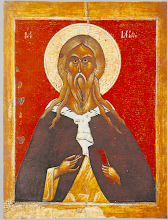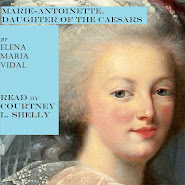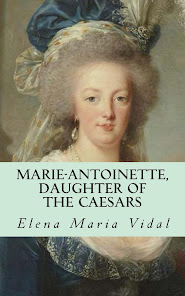skip to main |
skip to sidebar
On receiving the Eucharist. Fr. Mark says:
Both Orthodox and Eastern Catholic rites have, for centuries, practiced a form of Holy Communion by intinction? Latin Rite Catholics have something to learn from this centuries-old experience.
Have our Bishops given thought to the grave scandal given to the Orthodox Churches by the current Roman Catholic practices of Extraordinary Ministers of Holy Communion, often in casual street attire, distributing the Most Precious Blood directly from the the chalice without so much as a cloth held beneath the chin of the communicant?
Why are Protestants not offended by the same practice? Why are they indifferent to it? The answer is, I think, obvious. Has Holy Communion under both forms been used as a justification for
the multiplication of Extraordinary Ministers of Holy Communion? In the choice of Extraordinary Ministers of Holy Communion, why are
the principles and the order for selection of fit persons indicated in Immensae Caritatis (29 January 1973) not followed? Alas, there are even parishes where an open appeal for volunteers is made from the pulpit! With regard to the first, we read that Extraordinary Ministers of Holy Communion may be employed:
a. whenever no priest, deacon, or acolyte is available;
Why are acolytes (now, effectively equivalent to subdeacons in the reformed Latin Rite) not employed?
Why have Ordinaries not instituted a course of preparation for acolytes, similar to that in place for deacons?
Why are men preparing for the permanent diaconate, who have
already been instituted as acolytes, not preferred to Extraordinary
Ministers of Holy Communion?
b. whenever the same ministers are impeded from administering
communion because of another pastoral ministry, ill-health, or old age;
Should not the Ordinary be consulted before determining that such is, in fact, the case?
c. whenever the number of faithful wishing to receive
communion is so great that the celebration of Mass or the giving of
communion outside Mass would take too long.
This is frightfully vague and subject to misinterpretation.
What is too great a number of faithful? 20? 50? 100? 300? 500?
Who decides this?
What is "too long"? Who decides this?
Further, we read in the same Instruction Immensae Caritatis:
IV. The fit person referred to in nos. I and II will be
designated according to the order of this listing (which may be changed
at the prudent discretion of the local Ordinary): reader, major
seminarian, man religious, woman religious, catechist, one of the
faithful--a man or a woman.
There is an order here.
Why, in practice, do instituted readers (lectors) fall below the radar screen?
Are not deacon candidates (at least those in the final years of formation) "major seminarians"? (Read entire post.)




















1 comment:
Body, Blood, Soul, and Divinity; Jesus deserves our very best.
Post a Comment